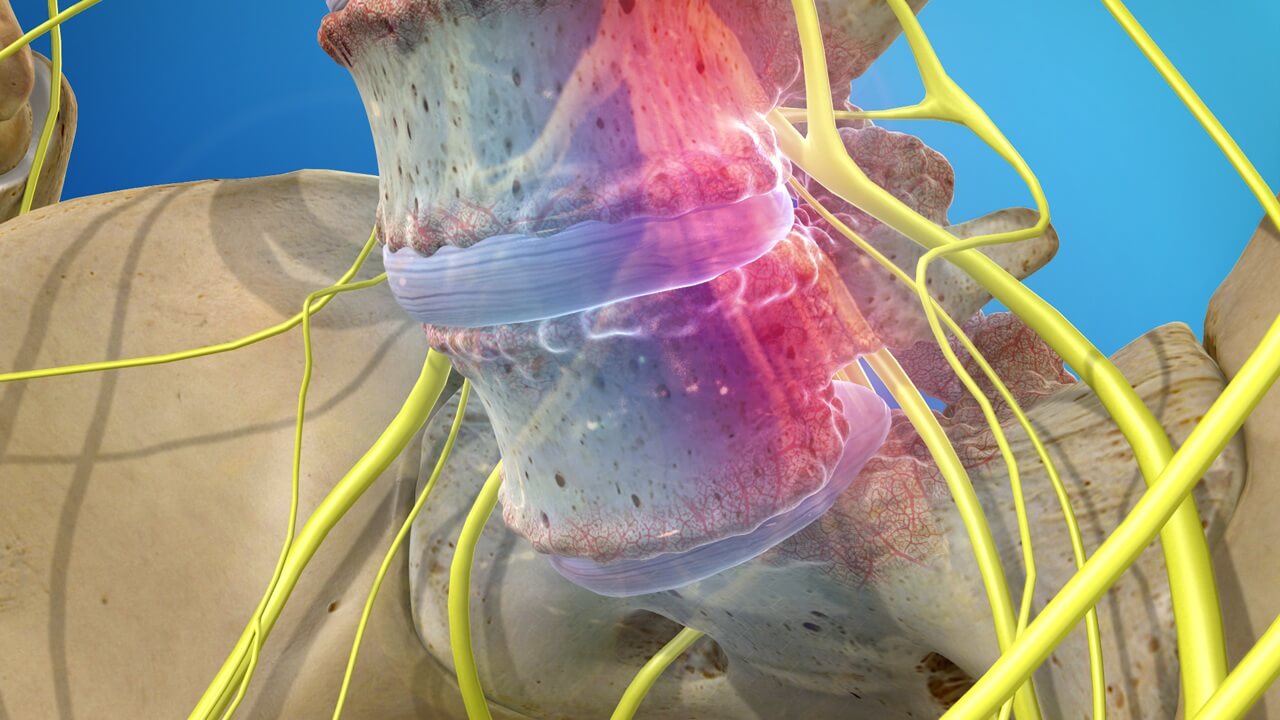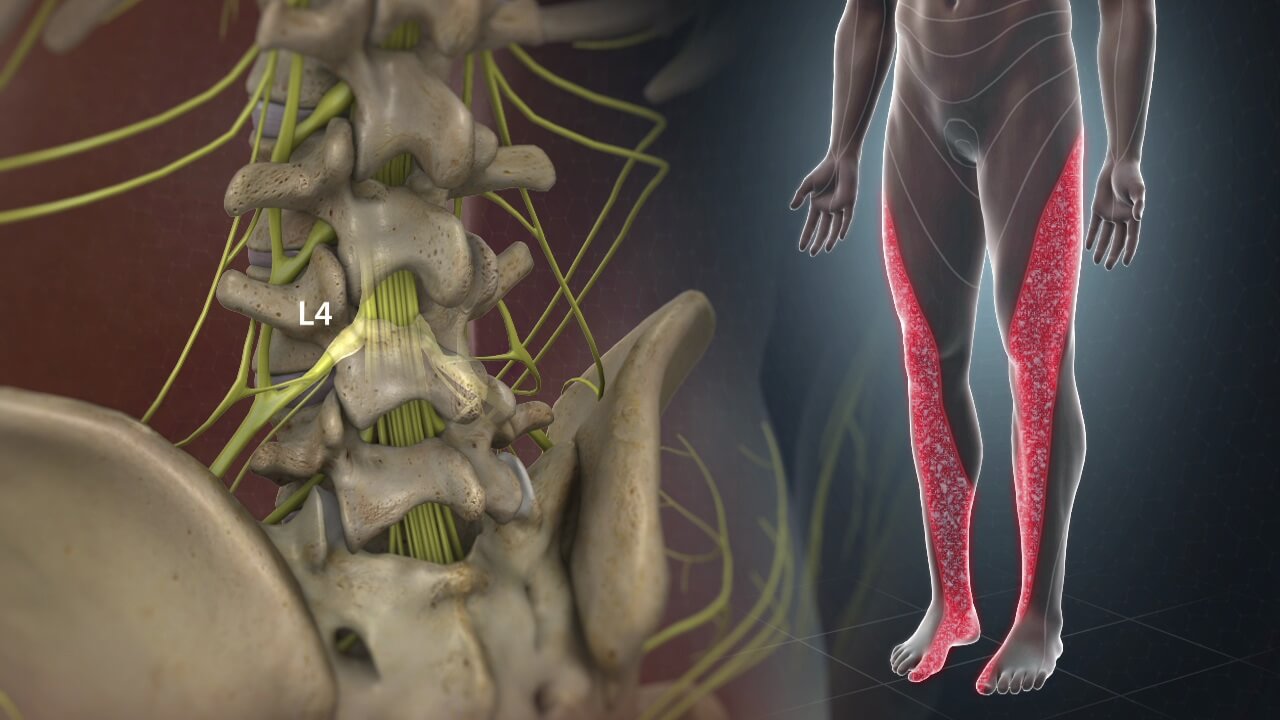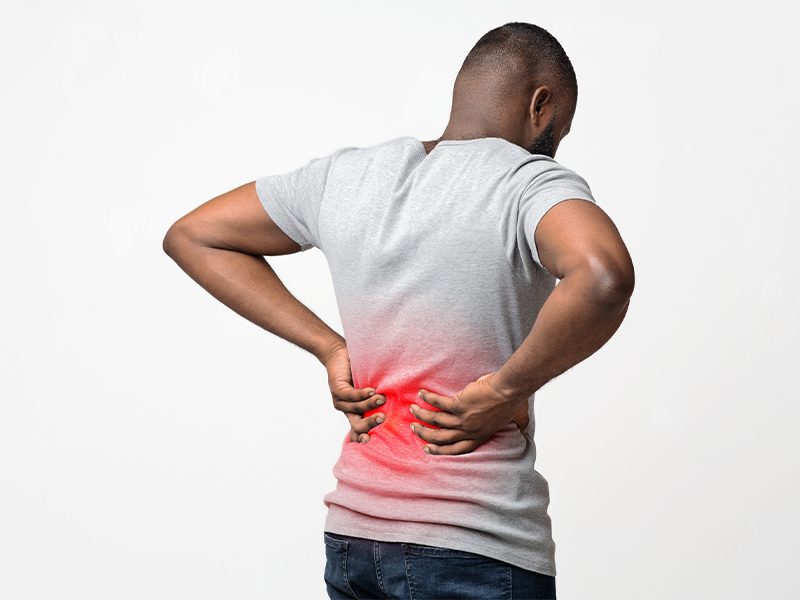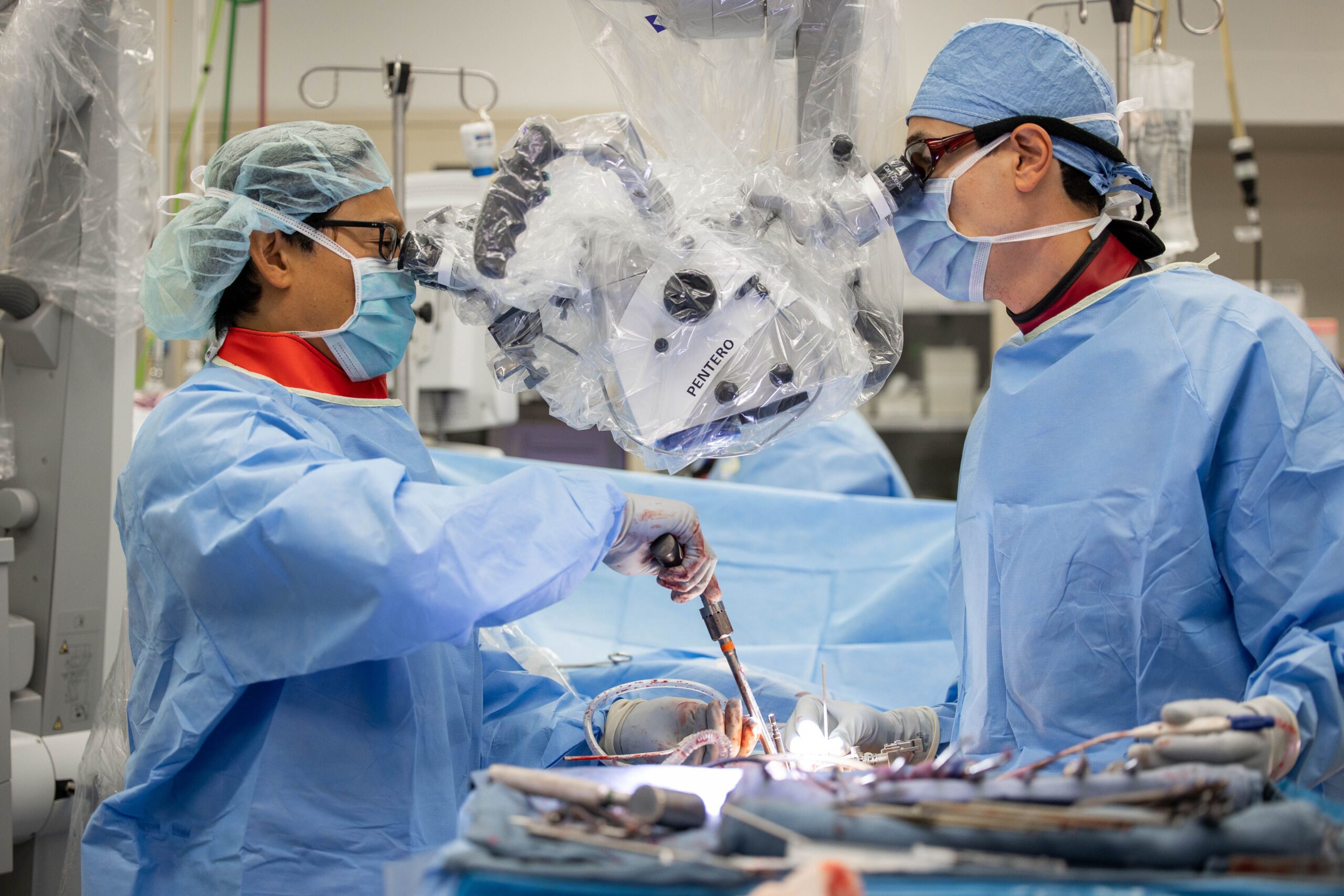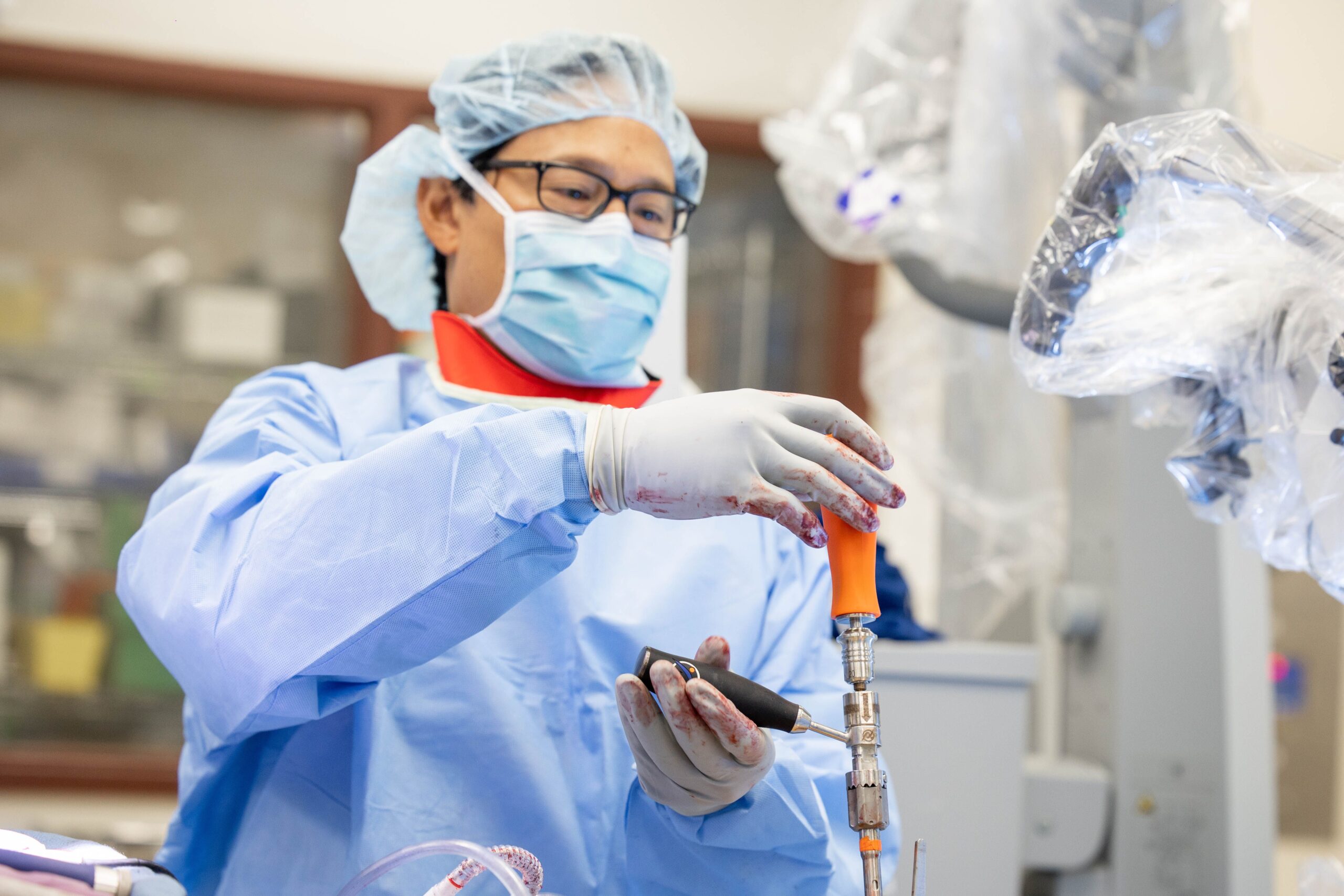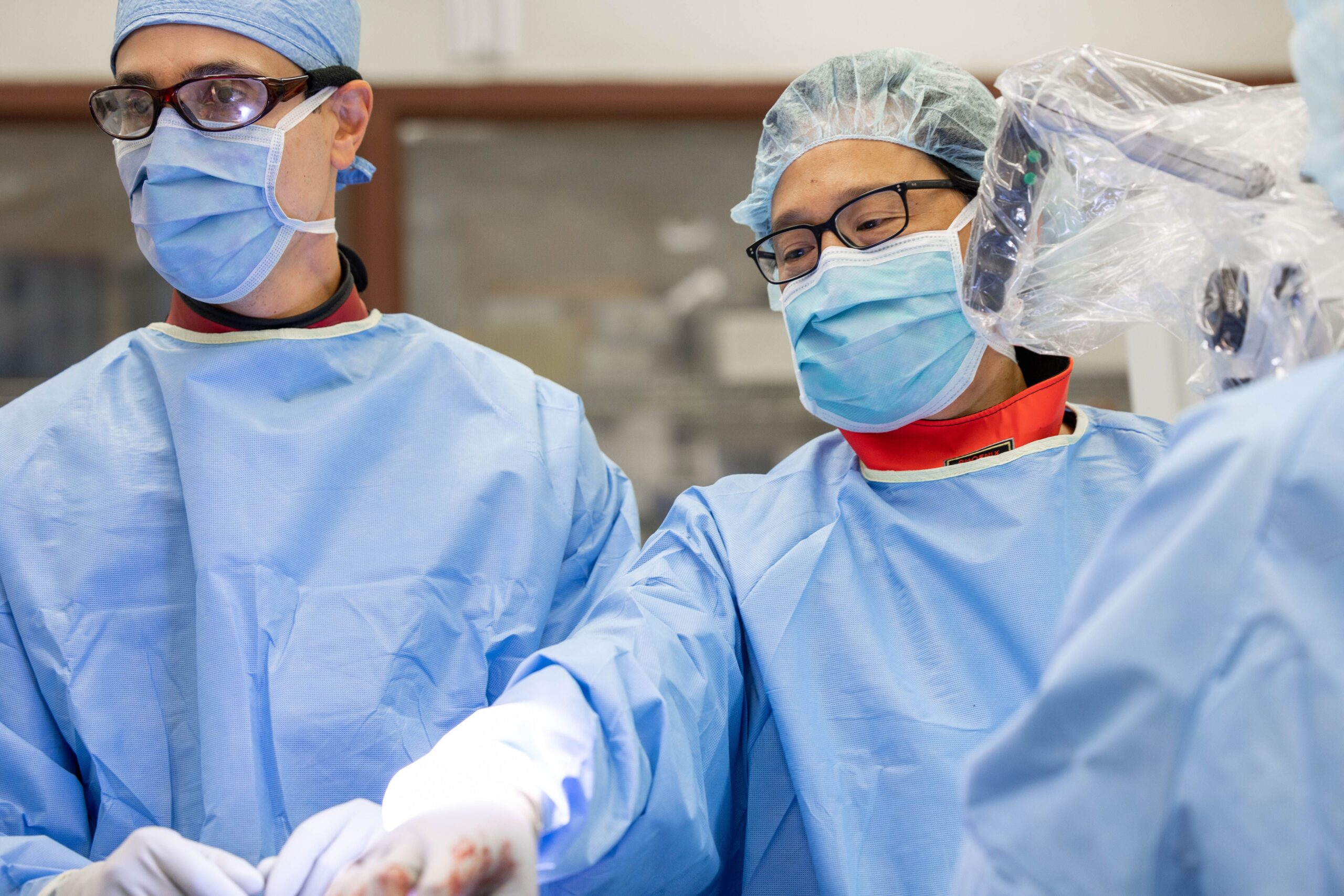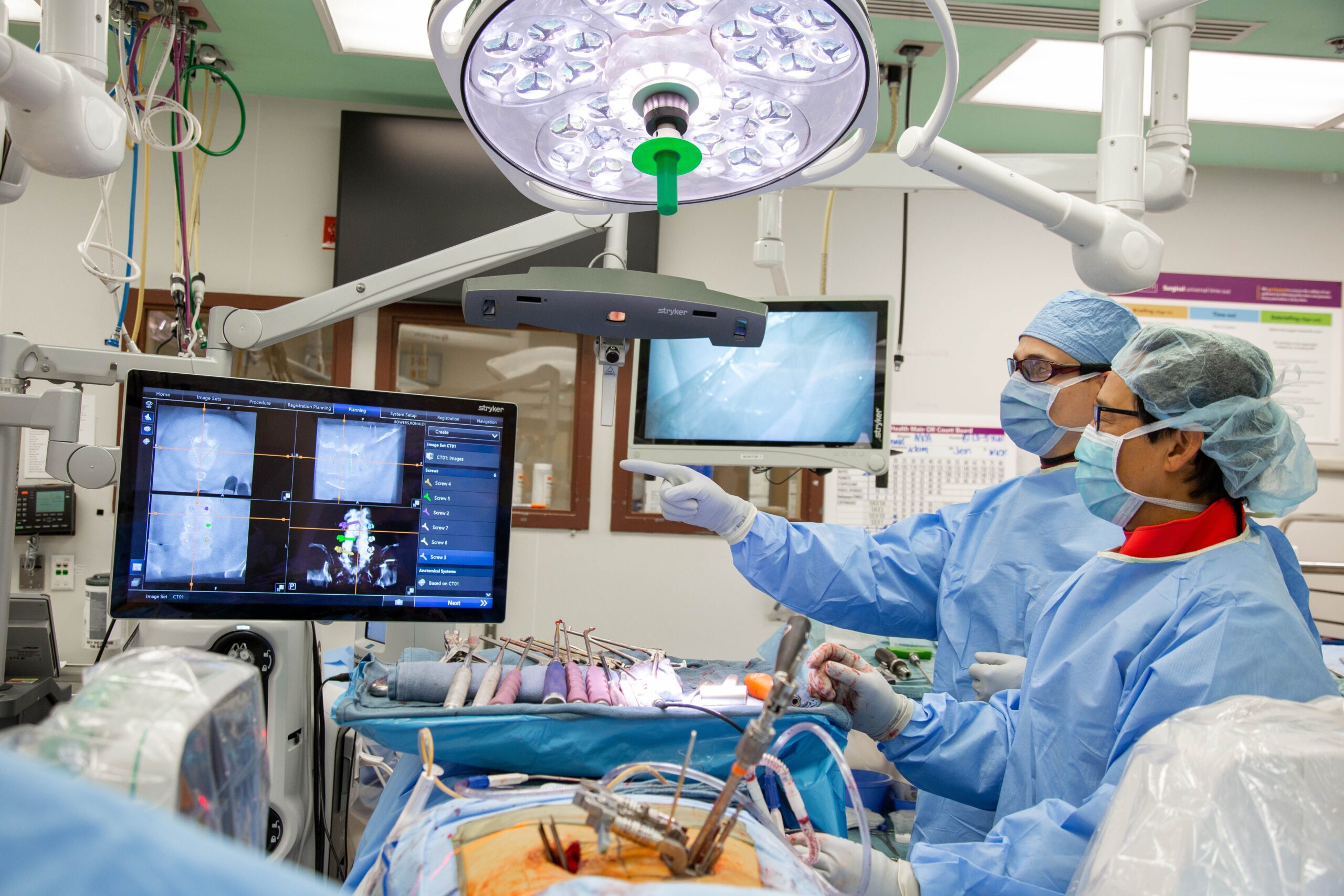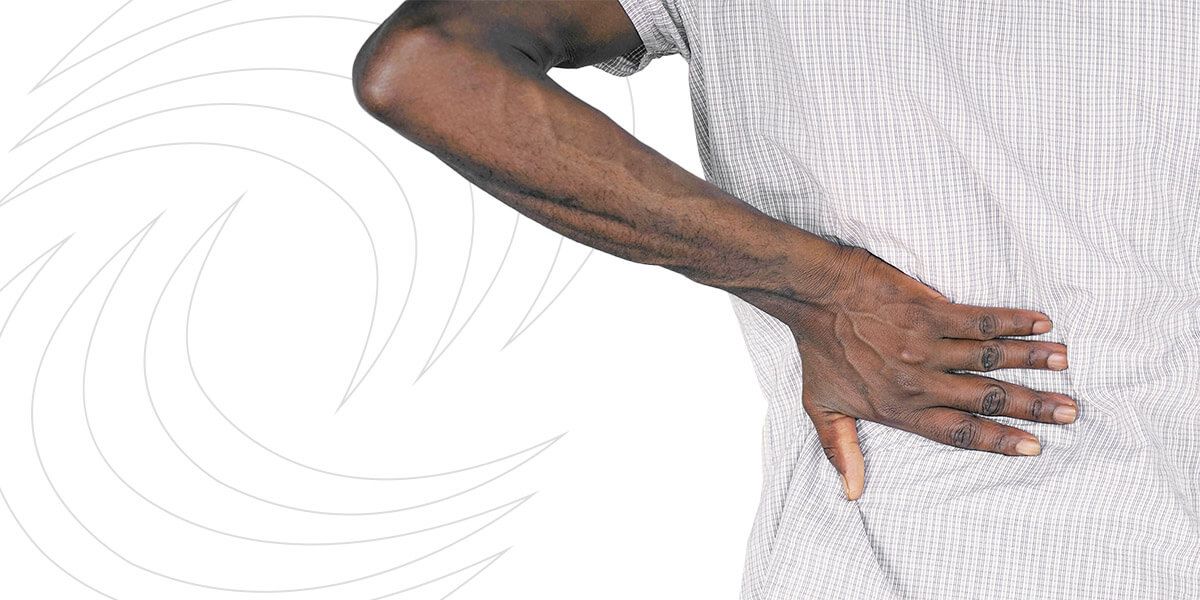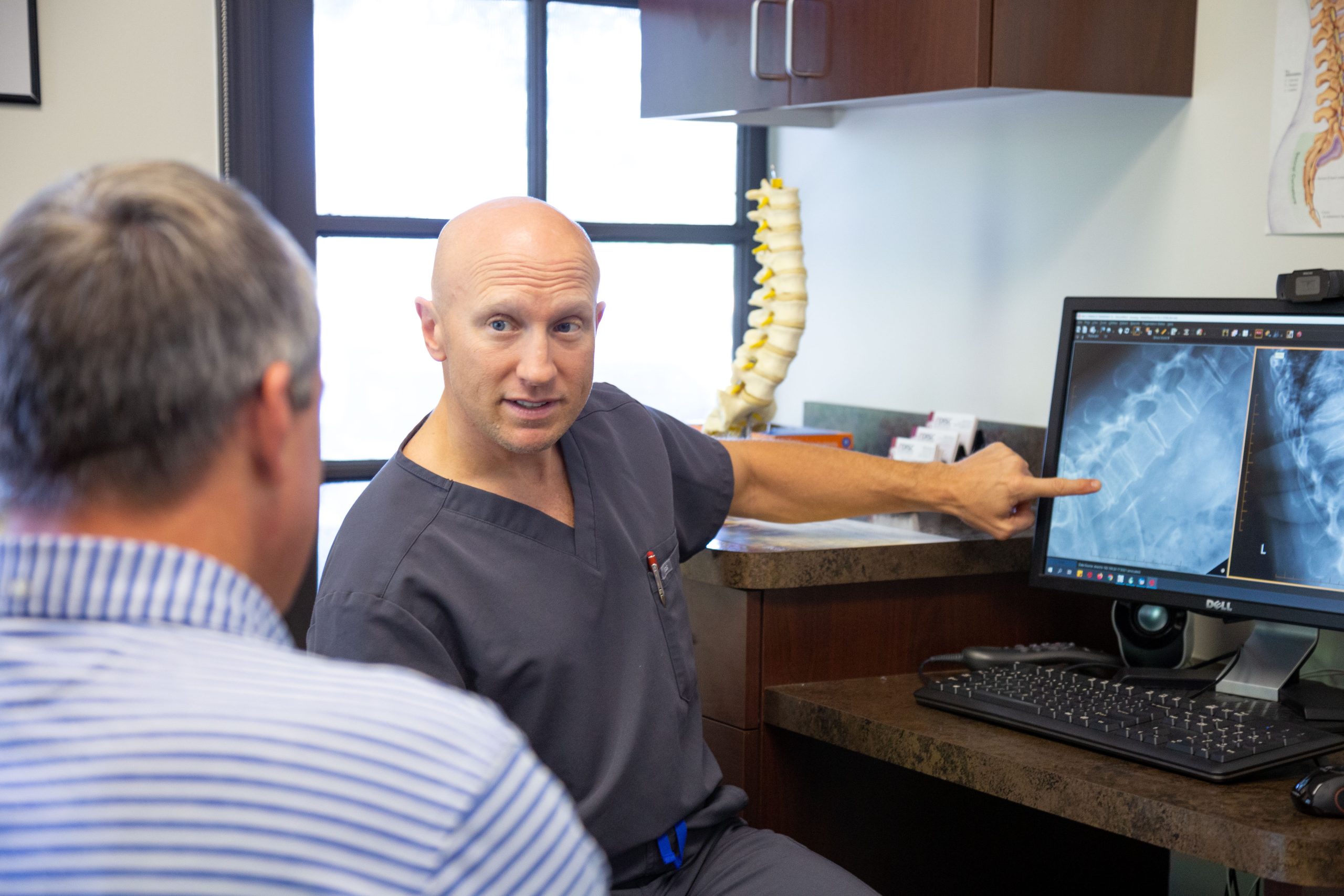What to Expect From TLIF
Prior to the procedure, you will meet with your surgeon, who will walk you through everything you need to know for the entire process. While every patient’s TLIF journey can look different, here is a generalized look at what you should be aware of before, during and after the procedure.
Before TLIF
When you meet with your surgeon before your TLIF procedure, you will spend time filling out consent and health history forms — mentioning allergies, current medications, previous reactions to anesthesia, past surgeries, family history and more. Be sure to also inform your doctor of your regular supplements and medications and only take those that are preapproved leading up to TLIF. You will likely be asked to stop taking non-steroidal anti-inflammatory medications and blood thinners about a week before.
You must stop smoking and drinking prior to having TLIF and for around a year after. These substances — especially nicotine — can stunt bone fusion. Smoking can also directly affect blood circulation, which can delay healing and increase the risk of infection. Alcohol can thin the blood and influence post-procedural bleeding problems.
You will need to not eat or drink anything after midnight the morning of your procedure. You can take your approved medications with a sip of water. Dress in clean, loose-fitting clothes, and be sure to remove jewelry, hair pins, contacts, nail polish and makeup.
